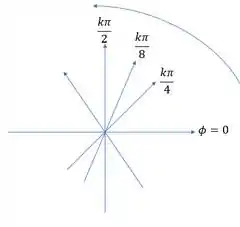Um escoamento incompressível bidimensional é definido por
em que K = constante. Esse escoamento é irrotacional? Em caso afirmativo, encontre seu potencial de velocidade, faça um esboço de algumas linhas equipotenciais e interprete o padrão de escoamento.
Passo 1
Bora que essa é fácil!
Vamos checar se o escoamento é irrotacional:
Portanto o escoamento é irrotacional. Então podemos encontrar seu potencial de velocidade:
Integrando as equações e igualando-as:
Daí:
Plotando-a:

Resposta
O escoamento é irrotacional e seu potencial de velocidade é:
Conforme o gráfico abaixo o escoamento representa um vórtex que tem sentido anti-horário.
